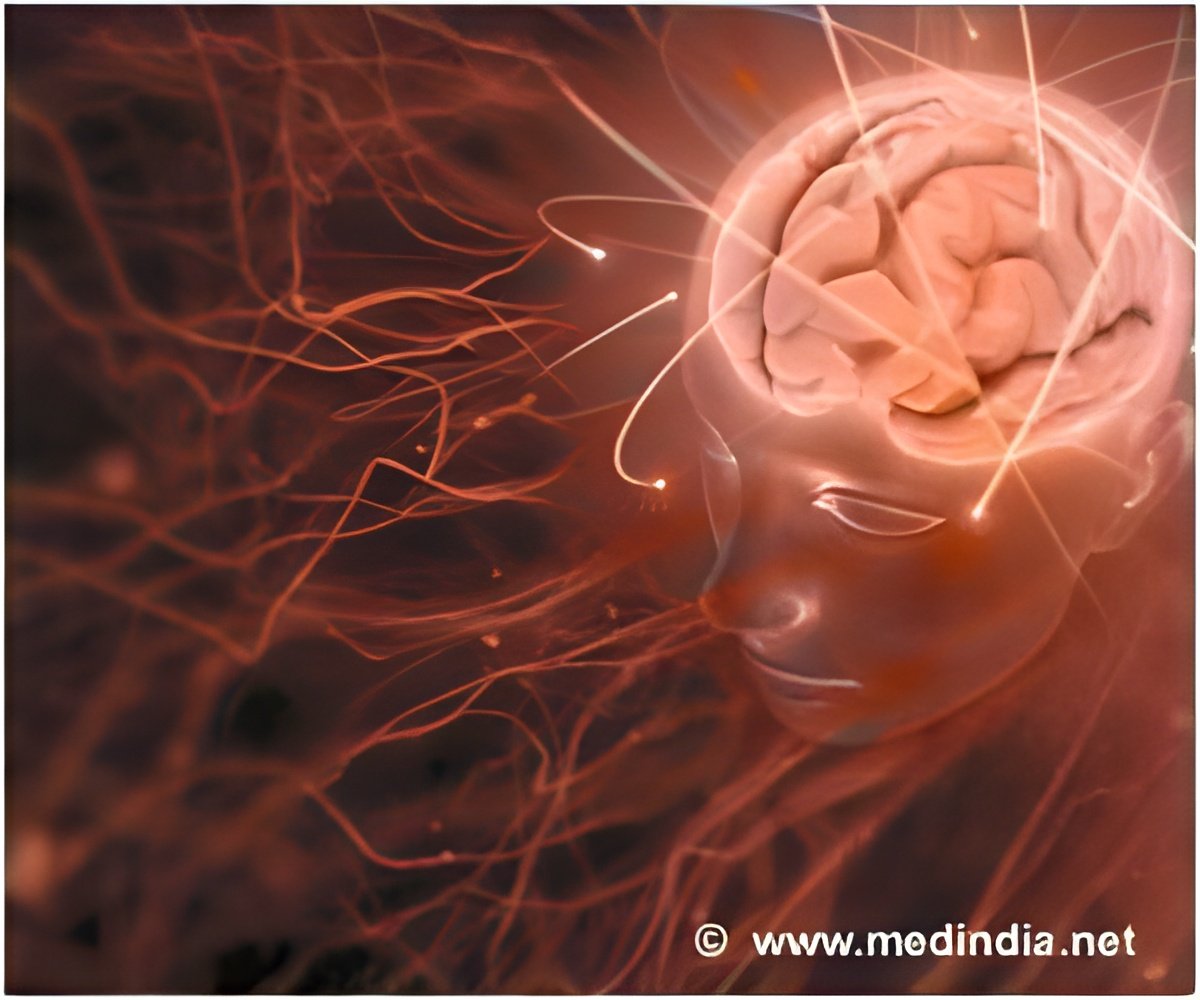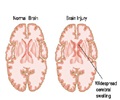
The way how the different regions of the brain are connected with each other plays a significant role for information processing. This processing can be changed by the assembling and disassembling of nerve fibres joining distant brain circuits. But such events are much too slow to explain rapid changes in perception. From experimental studies it was known that the responsible actions must be at least two orders of magnitude faster. The Göttingen scientists now show for the first time that it is possible to change the information flow in a tightly interconnected network in a simple manner.
Many areas of the brain display a rhythmic nerve cell activity. "The interacting brain areas are like metronomes that tick at the same speed and in a distinct temporal pattern," says the physicist and principal investigator Demian Battaglia. The researchers were now able to demonstrate that this temporal pattern determines the information flow. "If one of the metronomes is affected, e.g. through an external stimulus, then it changes beat, ticking in an altered temporal pattern compared to the others. The other areas adapt to this new situation through self-organisation and start playing a different drum beat as well. It is therefore sufficient to impact one of the areas in the network to completely reorganize its functioning, as we have shown in our model," explains Battaglia.
The applied perturbation does not have to be particularly strong. "It is more important that the 'kick' occurs at exactly the right time of the rhythm," says Battaglia. This might play a significant role for perception processes: "When viewing a picture, we are trained to recognize faces as quickly as possible – even if there aren't any," points out the Göttingen researcher. "But if we smell a fragrance reminiscent of wine, we immediately see the cup in the picture. This allows us to quickly adjust to things that we did not expect, changing the focus of our attention."
Next, the scientists want to test the model on networks with a more realistic anatomy. They also hope that the findings inspire future experimental studies, as Battaglia says: "It would be fantastic if, in some years, certain brain areas could be stimulated so finely and precisely that the theoretically predicted effects can be measured through imaging methods."
Source-Eurekalert










